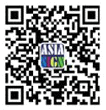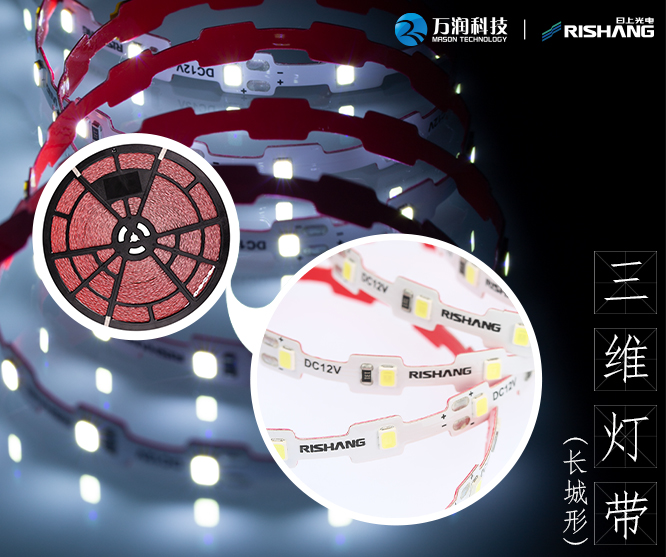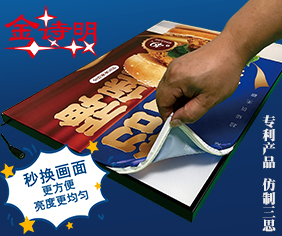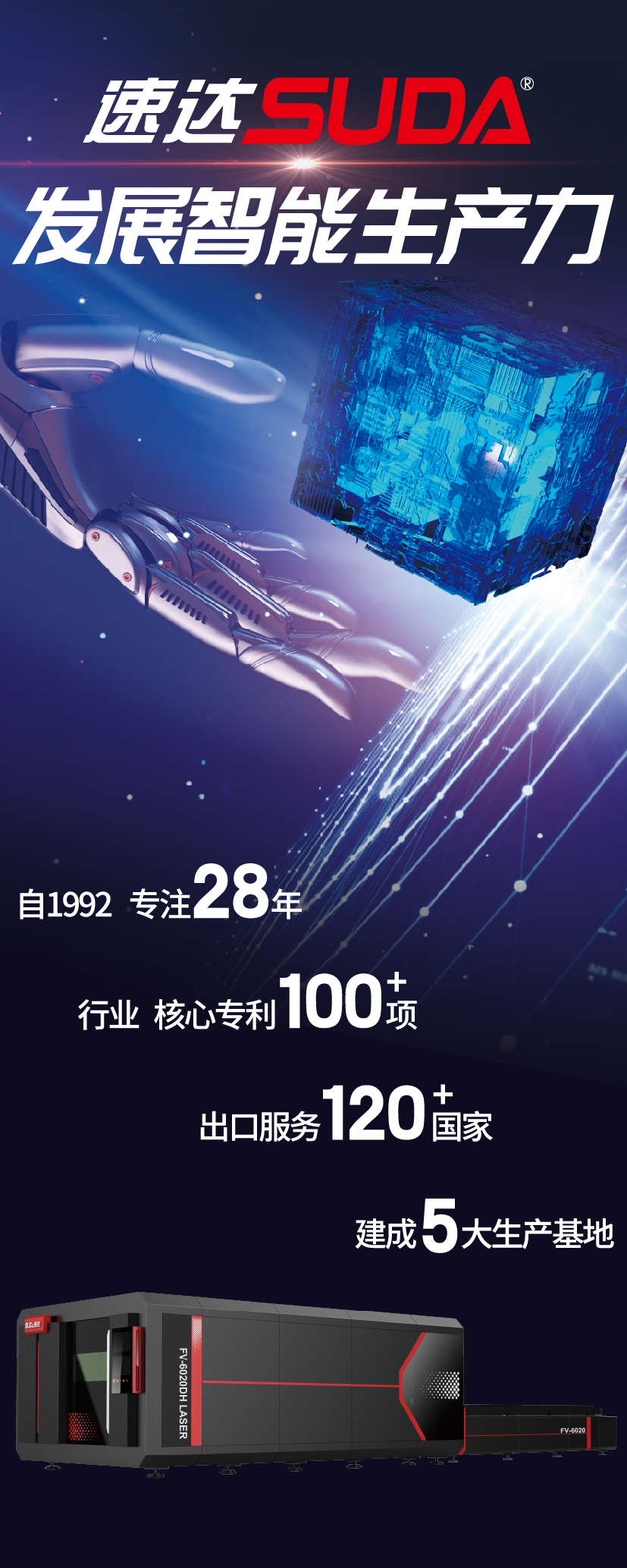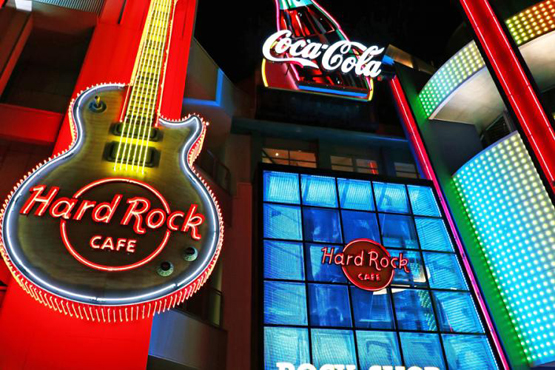
Light-emitting diodes (LEDs) are everywhere today, from traffic lights to medical equipment and, in the sign industry, from small-format tickers to massive outdoor billboards. In the past five years, the prices of LEDs have dropped by nearly half, their efficiency has more or less doubled and new technologies have been introduced.
LED光源在如今的生活中无处不在,标识行业涉及的范围包括从交通信号灯到医疗设备,从小型报警器到大型户外广告牌。在过去五年中,LED的价格下降了近一半,其效率却逐渐增加了一倍,并引入了新技术。
Despite these trends, however, many professionals in the sign industry do not understand all of the fundamentals of LEDs that are necessary for them to recognize the best opportunities to use them in their work.
然而,尽管有这些趋势,标识行业依旧有许多专业人士并不了解LED的基础原理,而掌握这些基础原理恰恰是帮助他们在工作中抓住绝佳机会所必备的知识需求。
Historic milestones
LED光源的发展历史
The history of LEDs goes back to 1906, when Henry Joseph Round, personal assistant to the famous Italian inventor Guglielmo Marconi, became the first person to observe electroluminescence by applying 10 V of electricity to a silicon carbide (SiC) crystal. This was followed in 1927 by Russian scientist Oleg Vladimirovich Losev observing light emission from a zinc oxide and SiC crystal diode.
LED的历史可以追溯到1906年,当时意大利著名发明家Guglielmo Marconi的私人助理Henry Joseph Round成为第一个通过向碳化硅(SiC)晶体施加10V电来观察电致发光的人。随后于1927年,俄罗斯科学家Oleg Vladimirovich Losev观察到氧化锌和SiC晶体二极管接触反应后能够发光。
In 1962, General Electric (GE) researcher Dr. Nick Holonyak, Jr., invented the first practical visible-spectrum LED, which shone red. This led to the common sight of red LEDs in elevator panels and other mainstream applications.
1962年,通用电气(GE)研究员Nick Holonyak博士发明了第一个实际可见光LED,它能够发出红光。这也使得在当时的主流应用中,红色LED光源十分常见。

In an LED, an electrical current passes through a semiconductor material from a positive layer to a negative one. As it does so, it pushes both of these layers into an ‘active’ layer, the collision of which creates light in the form of a photon.
在LED中,电流通过半导体材料在正极层到负极层之间流通。当电流在流通的过程中,这两个层域进入“活跃”状态,在经过相互碰撞之后以光子的形式产生光。
In 1990, Shuji Nakamura, an employee at Nichia, a Japanese chemical engineering and manufacturing company, invented the first high-brightness (HB) gallium nitride (GaN) LED, which shone blue. When partially converted to yellow by adding a phosphor coating, this finally enabled LEDs to mimic standard white light.
1990年,日本化学工程和制造公司Nichia的员工Shuji Nakamura发明了第一款高亮度的蓝光氮化镓LED。这种蓝光LED可以使用黄色荧光剂对部分区域进行涂层处理,最终模拟出标准白光的效果。
Different LEDs
多样化的LED
As exemplified by the aforementioned historic milestones, different minerals can be used to create different colours. Today, LEDs can be not only red or blue, but also yellow, orange or green. By mixing the appropriate phosphor with the encapsulate compound, the right colour for a given application can be achieved.
如上述部分文中所示,我们可以使用不同的矿物质来产生不同的颜色。如今,LED不仅可以呈现红色或蓝色光源,还可以呈现黄色、橙色或绿色光源。将适当的荧光剂与压缩化合物混合,可以为给定的应用实现理想中的颜色。
There are also different types of LEDs. Conventional radial wired LEDs offer only very low lumen output and are mostly used as light sources for status indicators on control panels and similar applications.
不同类型的LED。传统的放射状有线LED能够提供的流明输出非常低,并且主要用于控制面板和类似应用上的状态指示灯的光源。
Surface-mounted device (SMD) LEDs are brighter and have become common in the sign industry today. They have helped ‘miniaturize’ lighting systems and, from their manufacturers’ perspective, one of their primary advantages is enabling automated assembly.
表面贴装(SMD)LED更亮,并且在当今的标识行业中应用非常普遍。它们不仅能使照明系统看起来更轻便,而且从制造商的角度出发,它们的主要优势之一就是能够实现自动装配。
Chip-on-board (CoB) LEDs offer even higher lumen output, along with improved thermal management, longer life in the field and less need for maintenance. Miniaturization is maximized and they allow high-density packaging.
载芯片板(CoB)LED能够提供更高的流明输出、降低热量消耗、更长的使用寿命和更少的维护需求。并且这种LED体型较小,能够允许高密度包装。
One of the latest technologies is organic LEDs (OLEDs), which could potentially be printed on flexible substrates, allowing new capabilities in sign lighting design. While it is unclear as yet how they will be used, they will certainly represent a push away from polymer electroluminescent light (PEL).
最新技术之一是有机LED(OLED)的出现,它可以安装在柔性基板上,从而为标识照明设计提供新思路。虽然尚不清楚它们将如何使用,但它们肯定能代表聚合物电致发光(PEL)技术的发展。
LED modules typically offer three levels of brightness to fit most applications’ needs.
LED模组通常能够提供三种级别的亮度,以满足大多数应用的需求。
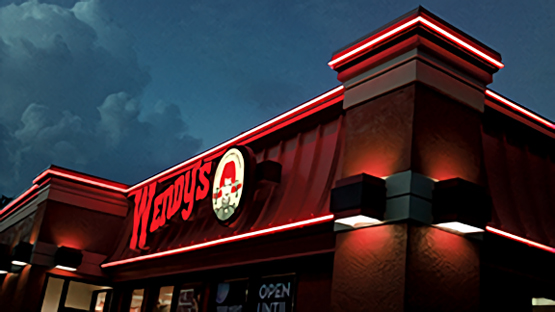
From chip to module
从芯片到模组的转变
LED chip manufacturers like Nichia, Cree, Philips and Samsung, which produce wafers containing thousands of individual chips, do not supply directly to the sign industry. Rather, sign shops buy from LED module manufacturers—but it is important to note there are very different types of companies that identify themselves as module manufacturers.
像Nichia、Cree、飞利浦和三星这样生产含有数千个独立芯片的晶片制造商不会直接对标识行业供应材料。相反,标识商店可以从LED模组制造商那里购买,但是需要注意的是,市场中也有许多不同类型的公司将他们自己定义为LED模组制造商。
A select few apply their own phosphors, for example, while many others strictly buy SMD chips and are not equipped for handling wafers and phosphors in-house.
例如,大多数人严格按照标准购买SMD芯片,而依旧有少数人只使用荧光剂,显然这些人并不具备处理内部晶片和荧光剂的能力。
Some outsource all fabrication processes to other companies, but to their own specifications, developed in-house. And finally, some so-called manufacturers simply buy finished products from a third party and sell them under their own private-label brands.
有些人将所有的制作工艺外包给其他公司,但是又要求这些公司按照他们所给的规格标准进行制作和开发。最后,一些所谓的制造商也只是从第三方购买成品,并标以自己的品牌进行销售。
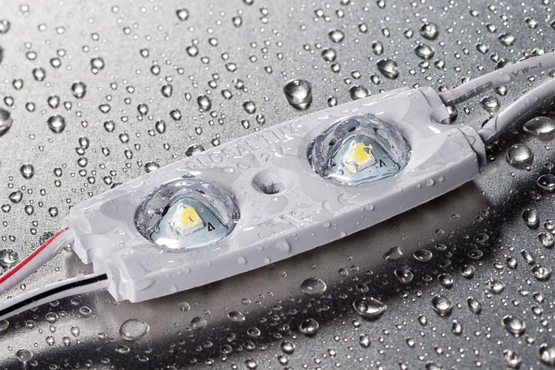
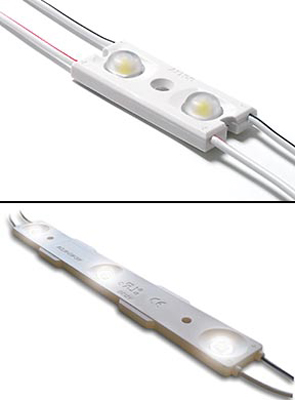
One of the biggest concerns facing LED module manufacturers is binning them by colour. As LEDs are mass-produced in wafers and then separated into individual chips, sorting them with precise binning is a difficult, time-consuming and costly process, comparable to sorting grapes to make a fine wine.
LED模组制造商面临的最大问题之一是按颜色对其进行分类。由于LED在晶片中大量生产,然后分成单个芯片,因此对其进行精确分级是一项困难、耗时且成本高昂的工艺,这种模式就类似于分拣葡萄酿造优质葡萄酒一样。
If an LED module manufacturer accepts a wide range of LEDs, the price is greatly reduced because they have not been as carefully binned. The downside is a higher probability of negative appearance, because the variations in the LEDs’ performance will be substantially increased.
如果LED模组制造商能够接受各种类型的LED,那么价格就会大大降低,因为它们没有经过仔细的分类。缺点是外观的出错率较高,因为LED性能的变化将大大增加。
It can be particularly challenging to match colours between LEDs from different manufacturers. White LEDs, for example, can vary because, as mentioned, they start out as blue LEDs and then a phosphor is added to produce white light. Different manufacturers use different qualities of phosphors, so even when the resulting LEDs share the same colour temperature, they can end up with easily visible variations in the colour of their light. Fortunately, this problem has been tackled in recent years and most manufacturers are now closer to a shared standard.
将不同制造商提供的LED进行颜色匹配是一件非常具有挑战性的事情。例如蓝光LED在添加荧光剂后可以产生白光,成为白光LED。由于不同的制造商所使用的荧光剂质量不同,因此即使所有的LED色温一致,它们最终的光源颜色也很难保持一致。幸运的是,近年来这个问题已得到解决,大多数制造商现在更接近共享标准。
Another way to achieve consistent white light output without the binning process is to calibrate each chip one-by-one, by applying the right quantity and colour of phosphor on an individual basis. All blue chips on a wafer may appear different, for example, but a light sensor can analyze each of them and then apply phosphor appropriately.
在没有合并处理的情况下实现一致的白光输出的另一种方法是通过在单个模组上应用正确数量和颜色的荧光剂来逐个校准每个芯片。例如,晶片上的所有蓝色芯片可能看起来颜色各不相同,但是你可以通过光传感器对它们每一个芯片进行分析,并适当添加荧光剂来使它们的光源颜色达到统一。
Only a few manufacturers so far have the capability to deploy such a process, but it is highly advantageous, as it ensures colours are always precise and identical from batch to batch.
到目前为止,只有少数制造商有能力制作出这样的工艺,但这种工艺的优点很多,因为它能够尽量确保每一批次的LED的颜色精准度。
The small form factor of LEDs makes them ideal for border tubing.
LED的小巧外形使其成为边界管材的理想选择。

Measuring performance
测量性能
The aforementioned colour temperature is measured in degrees Kelvin (K). The white light spectrum used in the LED industry ranges from 2,800 K (amber) to 13,000 K (blue-white), with the most common being 6,500 K (daylight). In a major sign program, it is very important to take a closer look at the LEDs to ensure they represent their specified colour temperature accurately.
上述色温以开尔文(K)度为单位测量。LED工业中使用的白光光谱范围从2,800 K(琥珀色)到13,000 K(蓝白色),最常见的是6,500 K(日光)。在进行标识制作项目的时候,仔细对每个LED进行检查以确保它们能够达到标准的色温非常重要。
Another attribute mentioned earlier is lumen output, which indicates the intensity of an LED module. This becomes a major factor when populating a channel letter with multiple LEDs.
前面提到的另一个属性是流明输出,它表示的是LED模组的光照强度。当填充具有多个LED模组的发光字时,这通常能够成为一个影响发光字照明的主要因素。
One lumen is equal to the amount of light visible from a single candle from 0.3 m (1 ft) away. Typically, LED modules offer three levels of brightness to fit most applications’ needs: low output (10 to 30 lumens per module), medium output (30 to 75 lumens per module) and high output
(75 to 150 lumens per module).
1流明等于距离0.3米(1英尺)远的单根蜡烛的可见光量。通常,LED模组能够提供三种级别的亮度以满足大多数应用的需求:低输出(每个模组10-30流明),中等输出(每个模组30-75流明)和高输出(每个模组75-150流明)。
When determining which modules to use for a particular signage application, however, it is also important to check the beam angle, measured in degrees. Industry standards include 120, 140 and 155 degrees. The wider the beam angle, the lower the intensity, as the light is more greatly diffused, but the greater the coverage across a sign face. With a narrower beam angle, the light is less diffused and more intense, but more LEDs will be needed to cover the same area on a sign face.
但是,当为特定标识确定好应用模组后,检查以度数为单位的测量光束角度也很重要。行业标准包括120度、140度和155度。光束角度越宽,光线的散射区域越大,强度越小,但标识面的覆盖范围越大。光束角度越窄,光线散射区域越小,强度越大,但相同大小的标识就需要更多的LED模组来覆盖其发光区域。
Brightness in lumens is not necessarily dictated by the LED module’s required wattage, which merely indicates energy consumption. Rather, the most important measurement is an LED module’s lumens-per-watt ratio, which indicates illumination efficiency.
LED模组所需功率仅代表其能量消耗程度,流明的亮度不一定取决于此。最重要的数据是LED模组的流明/瓦特比率,这将代表LED的照明效率。
Another common application is halo lighting, where LEDs illuminate the outer edges of letters from behind.
另一种常见的应用是光晕照明,即LED在标识的后部发光照亮标识的外沿。
In Europe, an LED’s ingress protection (IP) rating measures resistance against dust and water. The higher the rating, the more dustproof and waterproof the LED will be. The Canadian Electrical Code (CEC) does not account for IP ratings; they are strictly a ‘comfort zone’ consideration for signmakers here.
在欧洲,LED的防护安全(IP)等级即表示LED对液态和固态微粒的防护能力。额定值越高,LED的防尘和防水性越强。加拿大电气标准(CEC)不考虑IP等级,因此对于标识制造商来说,CEC更像是一个“安全区”。
It is also important to select the right power supply, given signs are often installed in harsh environments. Different power supplies are available for indoor and outdoor installations in dry or damp, hot or cold locations and to meet local rules and regulations.
由于标识通常安装在恶劣的环境中,因此选择合适的电源也很重要。在符合当地法律法规的情况下,不同的电源可分别用于干燥或潮湿,炎热或寒冷地区的室内和室外安装。
The power supply also needs to be reliable. Some 90 per cent of service calls relating to LED-illuminated signs are related to problems with their power supplies. Unfortunately, pricing often dictates selection. For a few dollars less, some signmakers will choose a power supply that will, in the end, negatively affect the performance of the sign.
选择质量有保障的电源十分重要。与LED照明标识相关的大约90%的服务电话均与其电源问题有关。不幸的是,价格通常决定了质量,少花几美元,一些标识制造商就会选择不同质量的电源,并最终容易对标识的性能产生负面影响。

